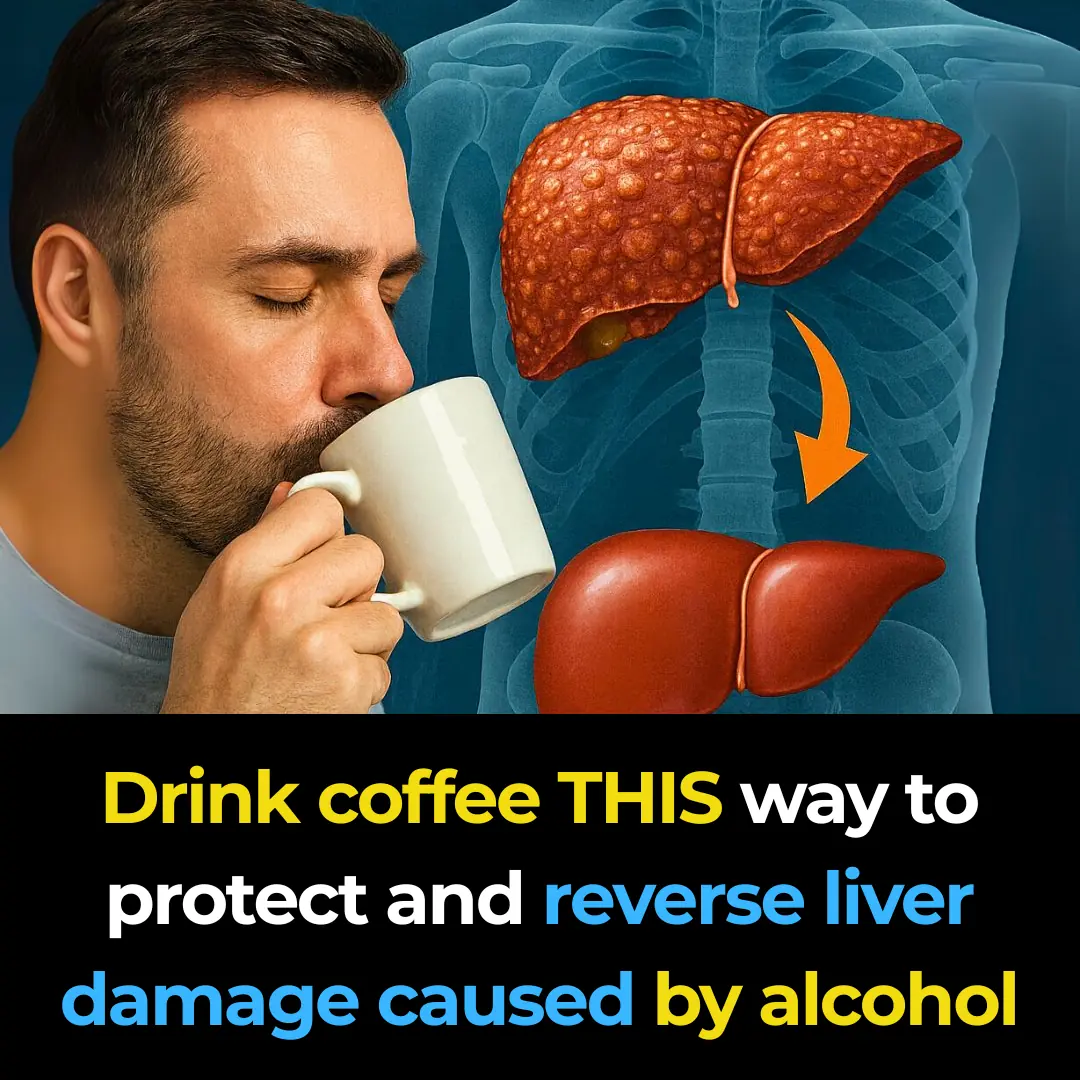
Research Reveals Two Life Stages of Accelerated Aging
Aging in Bursts: Scientists Reveal Two Critical Ages When Our Bodies Rapidly Change
Aging is often pictured as a slow, steady journey—a gradual accumulation of gray hairs, fine lines, and small aches over time. But new research reveals that this long-held belief isn’t entirely accurate. Instead of a smooth decline, the human body experiences sudden “bursts” of aging, with two pivotal life stages—around ages 44 and 60—showing significant accelerations in molecular and metabolic changes.
A Groundbreaking Study on the Tempo of Aging
Researchers from Stanford University and Nanyang Technological University in Singapore conducted a landmark longitudinal study tracking 108 healthy adults between the ages of 25 and 75. Over several years, scientists analyzed an astonishing 135,000 biological markers, measuring everything from proteins and metabolites to lipids and immune responses. Their findings challenge the traditional view of aging as a continuous, linear process.
Instead, the data revealed two striking inflection points:
-
The mid-40s (around age 44)
-
The early 60s (around age 60)
“We’re not just changing gradually over time,” explains Professor Michael Snyder, co-author of the study. “There are some really dramatic shifts happening in midlife and again in our early senior years.”
The First Aging Surge: The Mid-40s
The first acceleration point—around age 44—caught researchers by surprise. Initially, they suspected that perimenopause in women might explain the sudden changes, but men displayed similar molecular shifts, proving that the phenomenon extends beyond hormonal changes in women.
During this period, the body shows:
-
Altered lipid metabolism, affecting cholesterol levels and fat storage.
-
Cardiovascular changes, including early signs of stiffening arteries.
-
Shifts in substance processing, such as slower breakdown of caffeine and alcohol.
-
Greater susceptibility to injuries, as connective tissue begins to lose elasticity.
This is often the stage when many people notice creeping weight gain, slower recovery from workouts, and early metabolic warning signs. Experts suggest this may also explain why many adults begin to feel “less invincible” in their mid-40s—subtle internal changes are already underway.
The Second Aging Surge: The Early 60s
The second, more dramatic shift emerges around age 60, a time when visible physical changes often become impossible to ignore. Researchers observed:
-
Declines in carbohydrate metabolism, making blood sugar harder to regulate.
-
Changes in immune regulation, increasing vulnerability to infections.
-
Reduced kidney function, affecting the body’s ability to filter toxins.
-
Muscle loss (sarcopenia), a key factor in frailty and reduced mobility.
“This is a very big deal,” notes Professor Snyder. “Sarcopenia hits many people in their 60s, leading to strength loss and a higher risk of falls.” Both bursts of aging also affect the skin and connective tissues, contributing to thinner skin, slower healing, and joint stiffness.
Lifestyle and Aging: A Window for Intervention
Interestingly, the study highlighted how lifestyle choices may influence these bursts. For example, changes in alcohol metabolism might be linked to higher consumption during stressful midlife periods. Similarly, a sedentary lifestyle in one’s 40s can worsen muscle loss in the 60s, compounding health risks.
“I’m a big believer that we should adjust our lifestyles while we’re still healthy,” Snyder advises. Regular strength training, cardiovascular exercise, and a nutrient-rich diet can help counteract the molecular shifts that accelerate during these key decades.
Why These Findings Matter
These bursts of aging could explain why age-related diseases such as Alzheimer’s, cardiovascular disease, and type 2 diabetes often appear suddenly rather than developing in a perfectly linear fashion. With disease risks spiking after 60, understanding when these internal changes occur may help doctors and individuals time interventions more effectively.
Researchers identified several clinically actionable biomarkers, which could allow physicians to recommend personalized strategies—such as kidney-supportive diets, cholesterol management, or targeted exercise regimens—before serious symptoms emerge.
Practical Steps for Every Age
For those nearing these critical life stages, experts recommend:
-
Mid-40s: Focus on metabolic health—monitor cholesterol, cut back on alcohol, increase fiber intake, and maintain regular exercise to preserve cardiovascular function.
-
Early 60s: Prioritize muscle strength and bone health through resistance training, adequate protein, and vitamin D. Regular kidney and blood sugar screenings can also help detect issues early.
A New Map of Human Aging
Unlike earlier studies that viewed aging as a gentle slope, this research paints a more dynamic picture—one of plateaus punctuated by sudden drops. Recognizing these “aging bursts” empowers individuals to take proactive measures before these tipping points occur.
As Dr. Xiaotao Shen, another co-author, summarizes:
“Take care of yourself more closely at specific time points during your lifespan. Knowing when these changes happen gives us a chance to delay, or even prevent, some of the health problems that come with aging.”
Key Takeaway
Aging is not a slow, even march—it’s a series of waves and surges. By paying attention to the critical ages of 44 and 60, you can better prepare your body, make targeted lifestyle changes, and potentially extend not just your lifespan, but your healthspan—the number of years you live in good health.
News in the same category

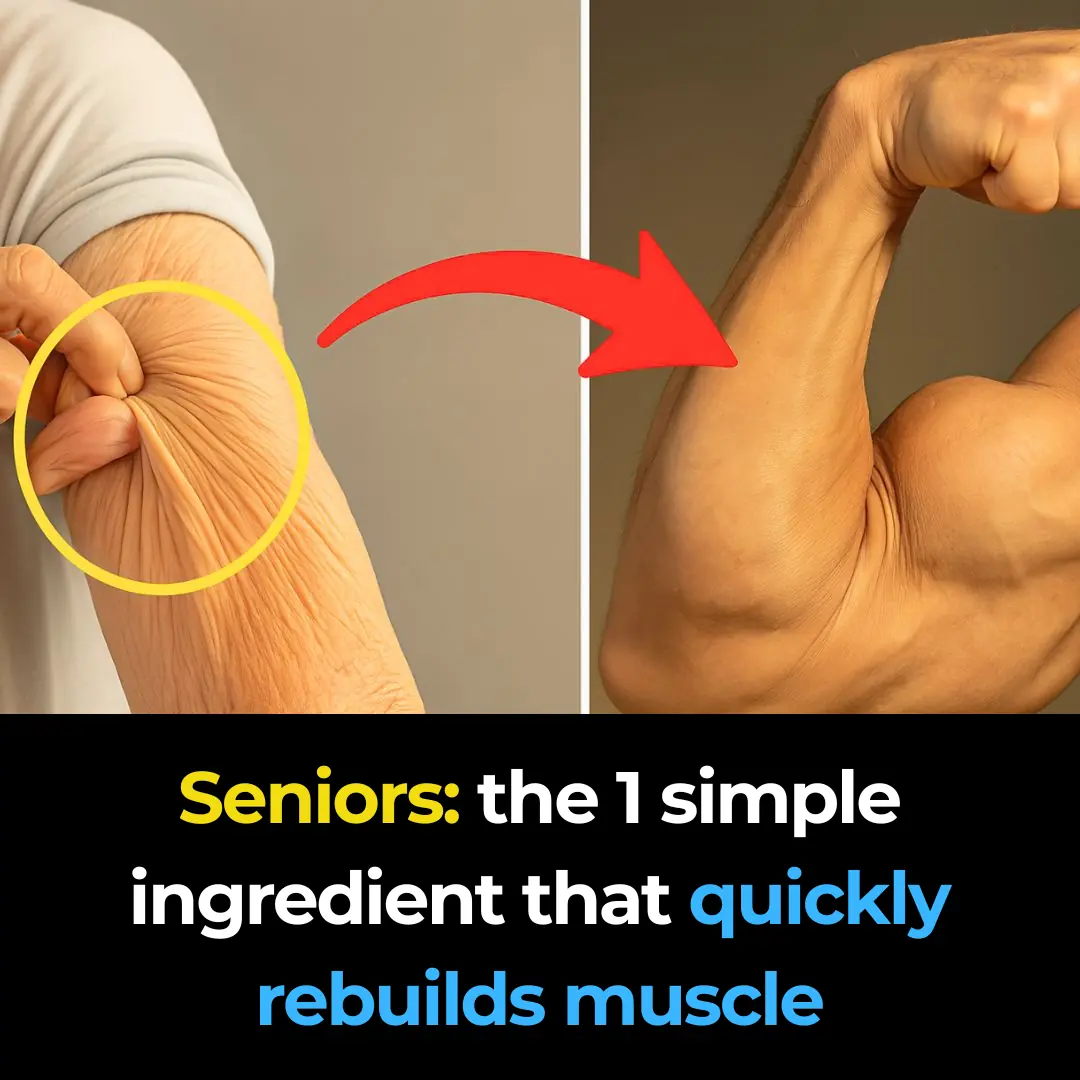
Seniors: the 1 simple ingredient that quickly rebuilds muscle

Doctors warn: this 1 cancer sign may show up in your sheets

How Water Fasting Can Regenerate the Immune System, Slow Aging, Reduce Heart Attack Risk and More

4 Reasons Why Cardiac Arrests Happen in The Bathroom
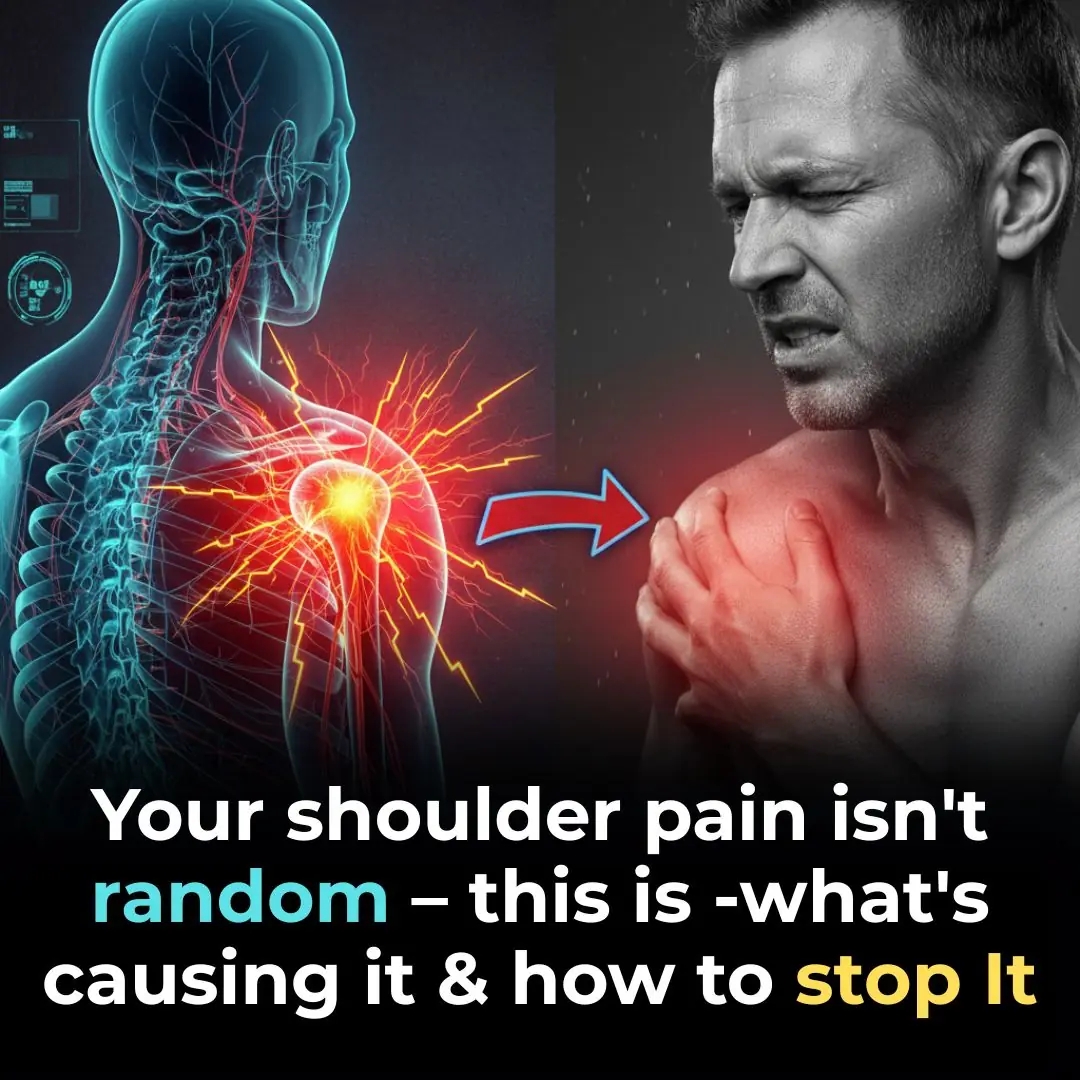
Shoulder Pain from Sleeping: Causes, Solutions and More
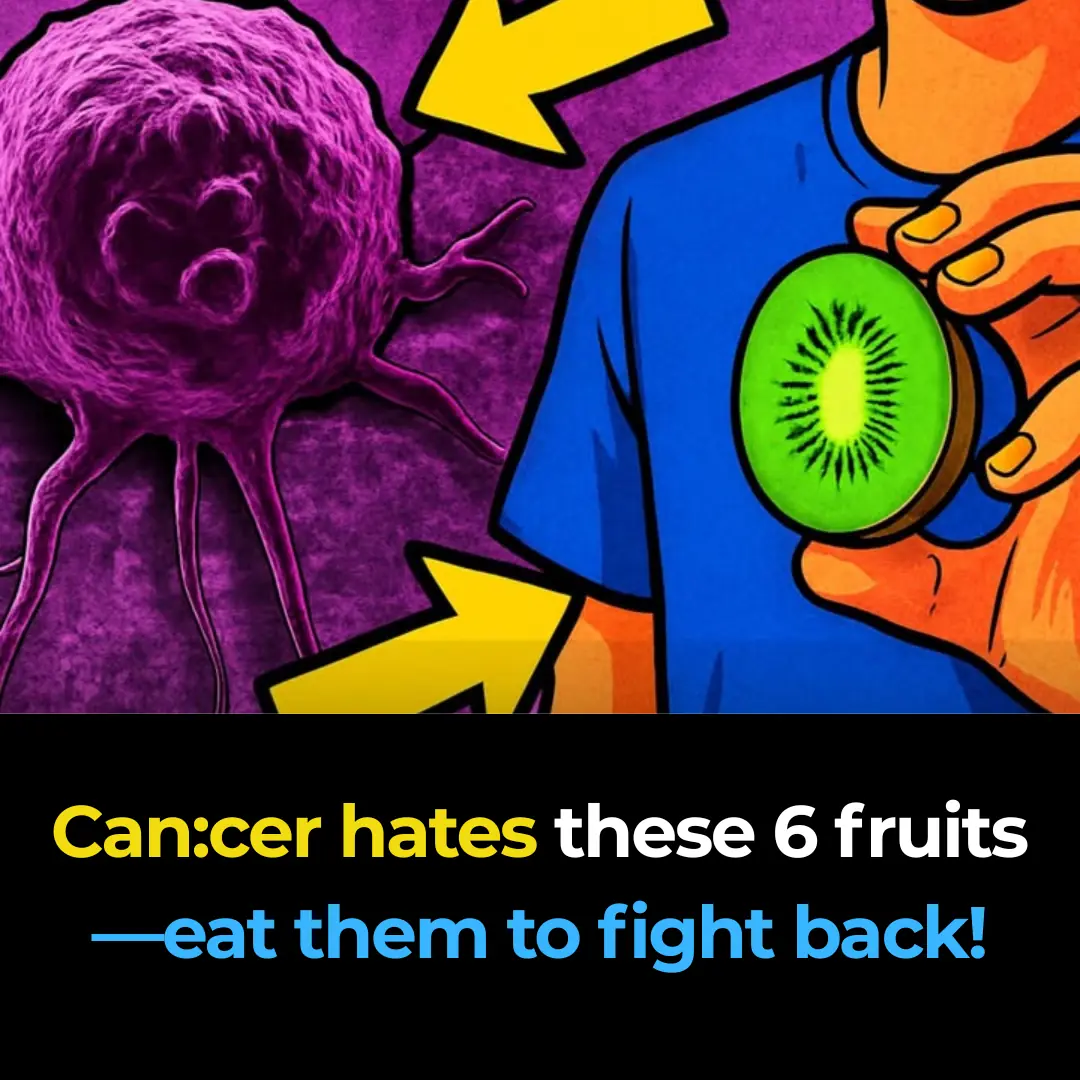
Cancer hates these 6 fruits—eat them to fight back!

Canadian Researchers Discover New Evidence That Vitamin D Shuts Down Cancer Cells
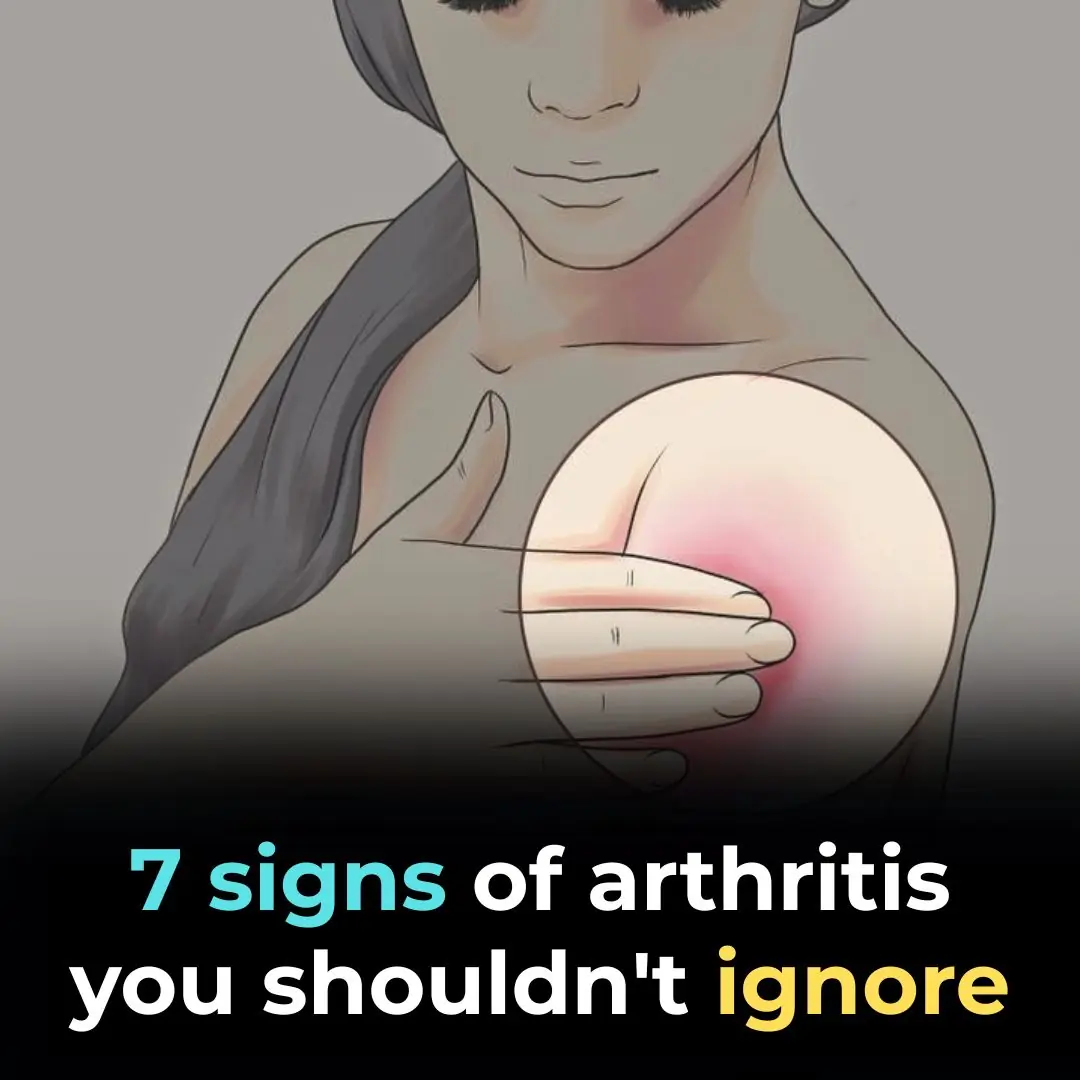
Signs of Arthritis You Shouldn’t Ignore
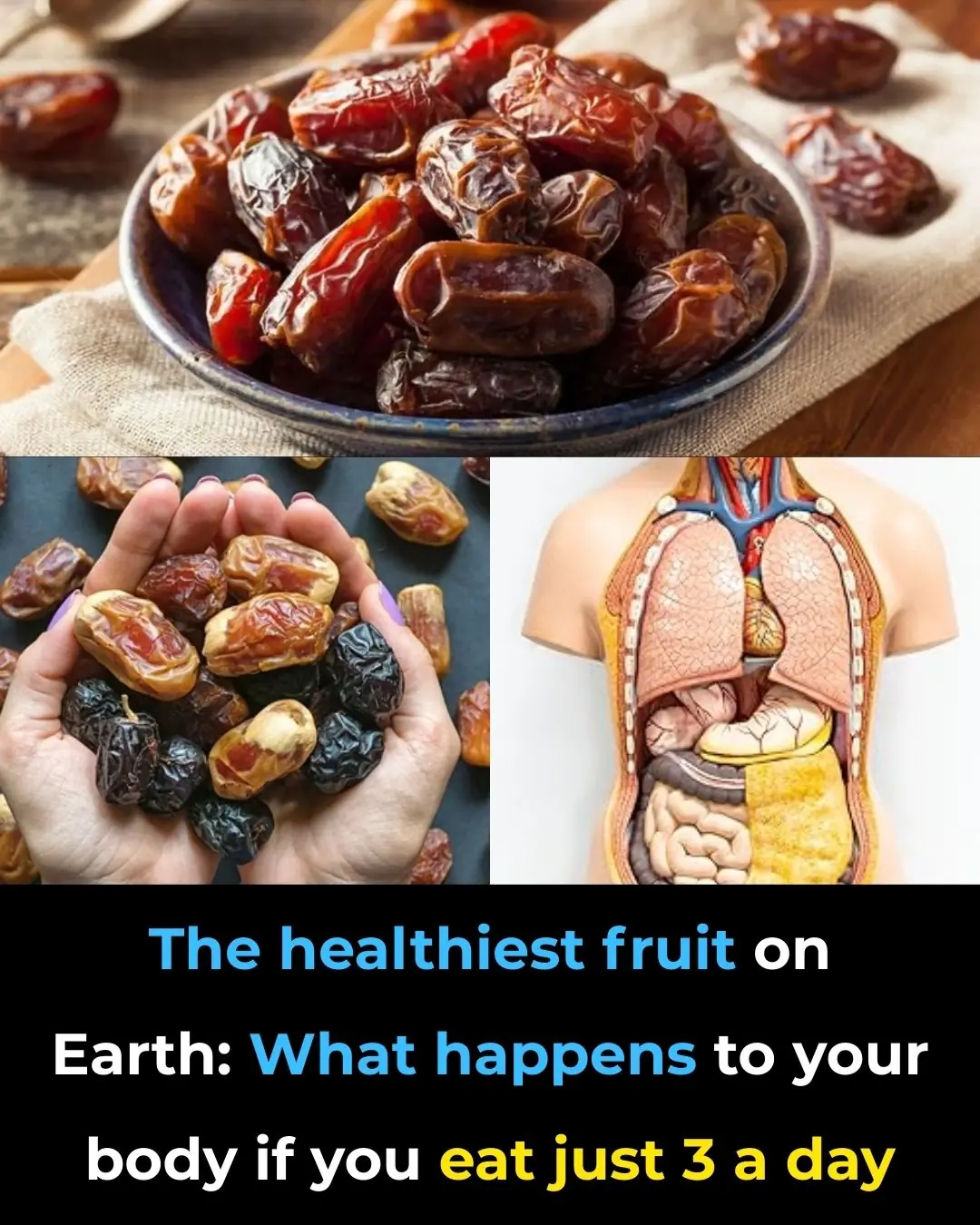
9 Convincing Reasons to Consume More Dates
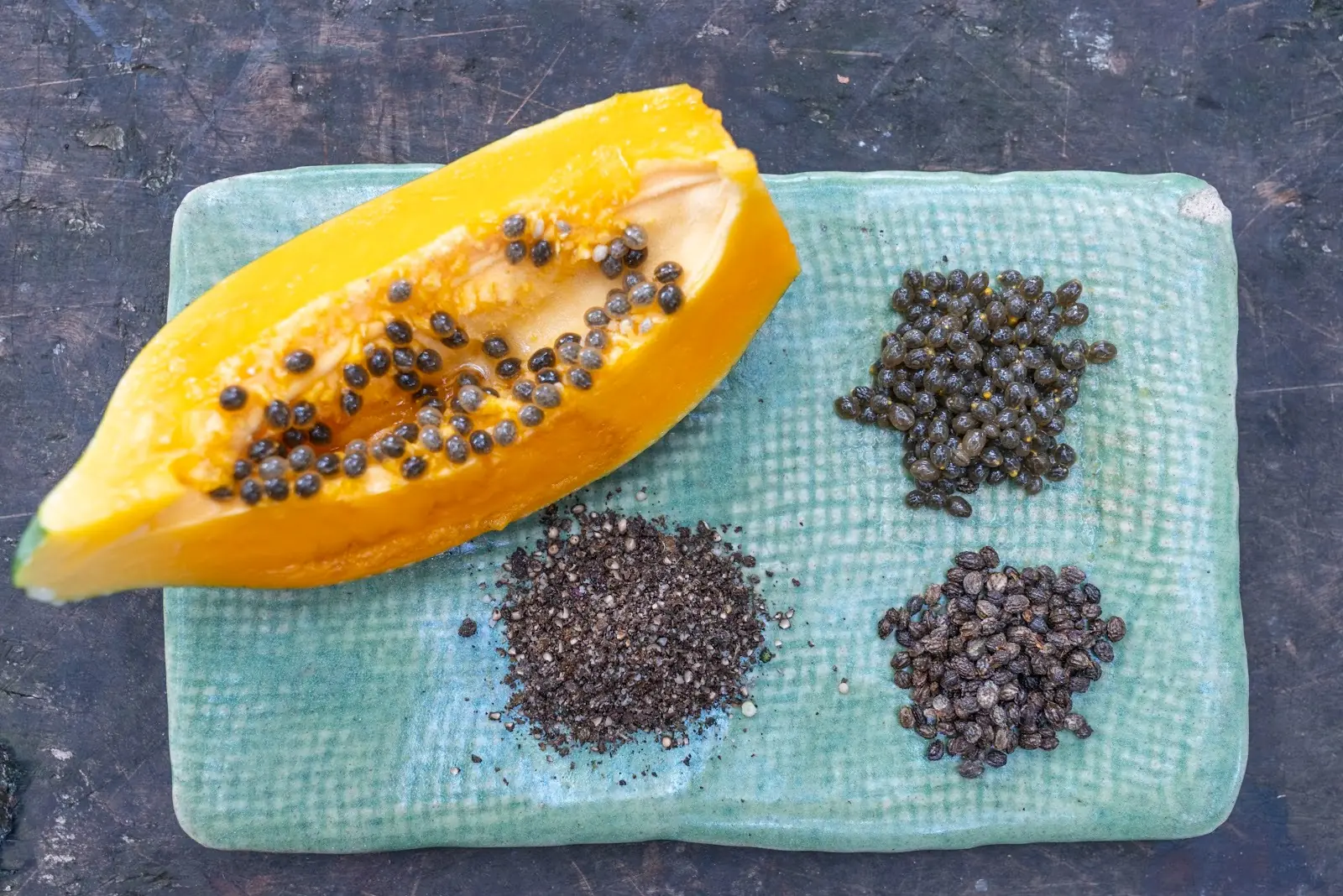
Unlocking the Hidden Potential of Papaya Seeds: A Nutritional Treasure
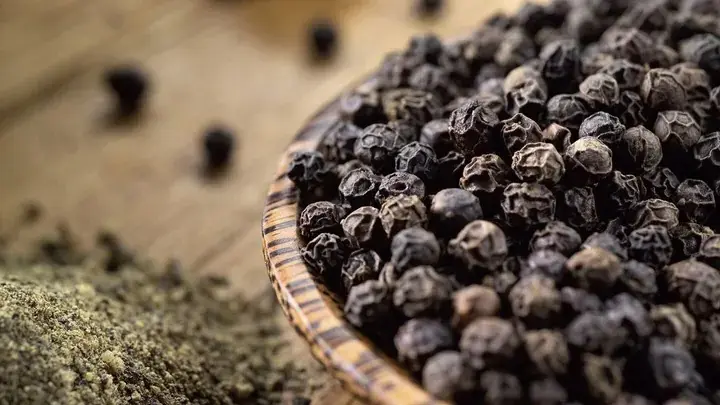
Garlic & Black Pepper: The Kitchen Cure for Leg Pain and More
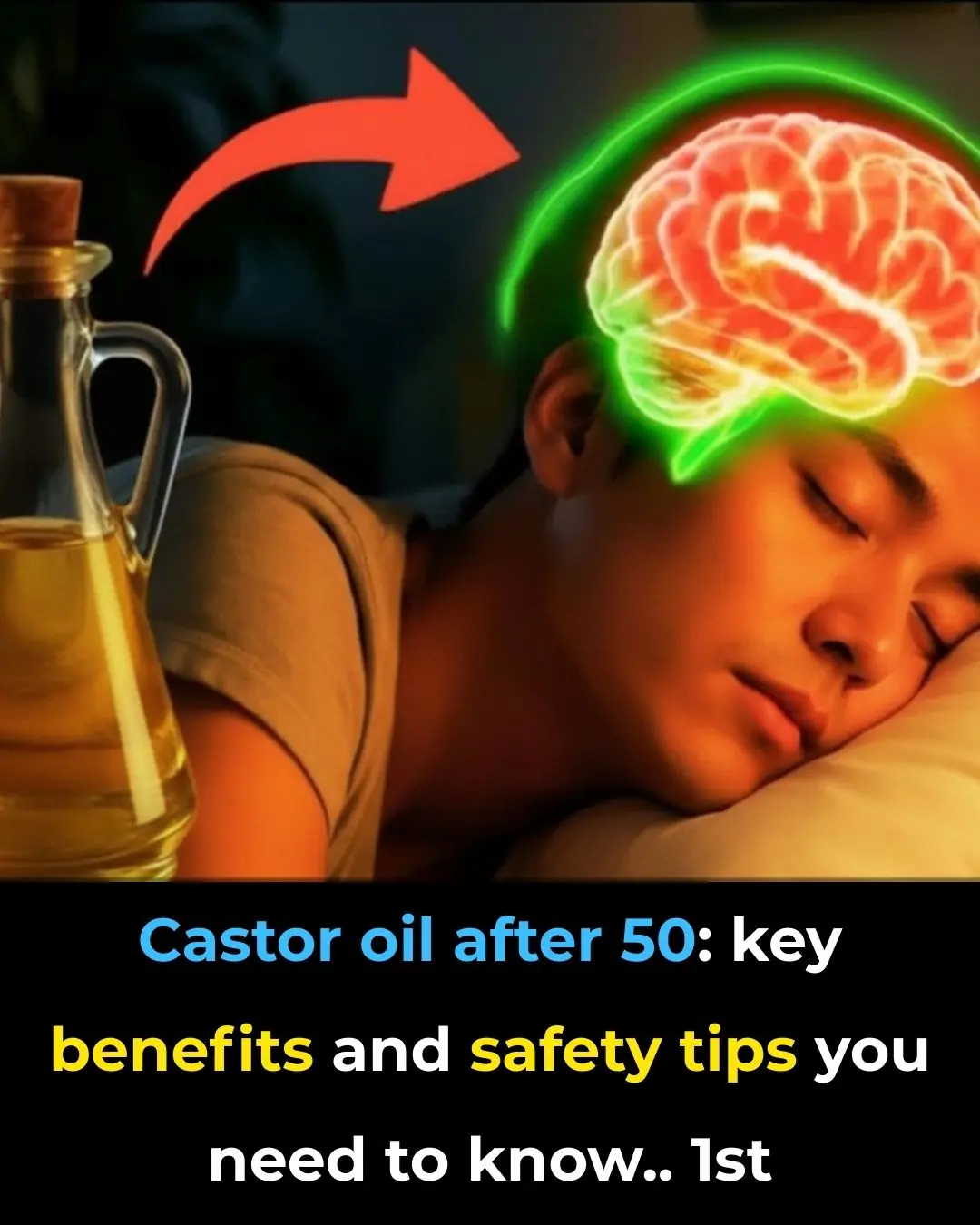
Castor oil for older adults: key benefits and safety tips you shouldn’t miss

Top 10 signs of a gallbladder attack
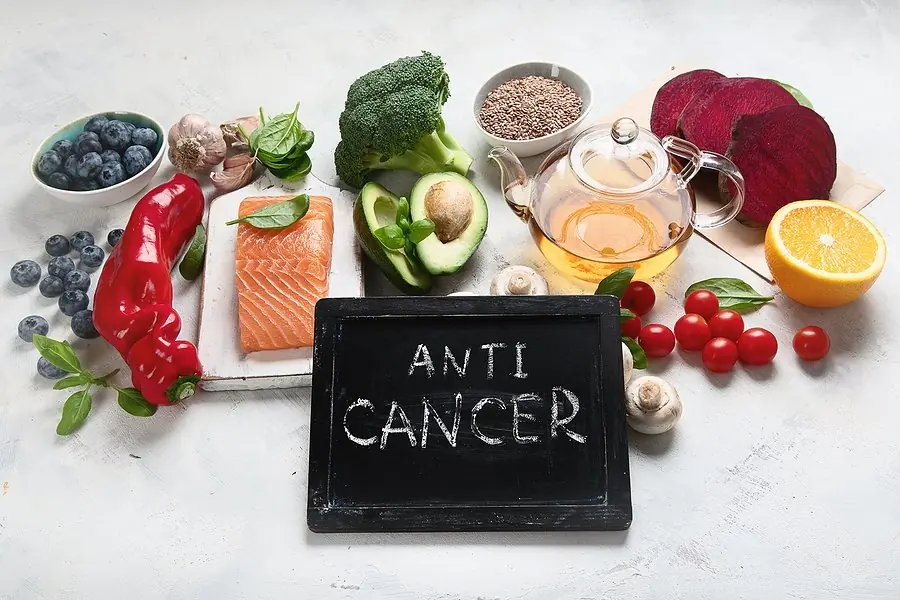
Which fruit prevents cancer cells from growing rapidly?
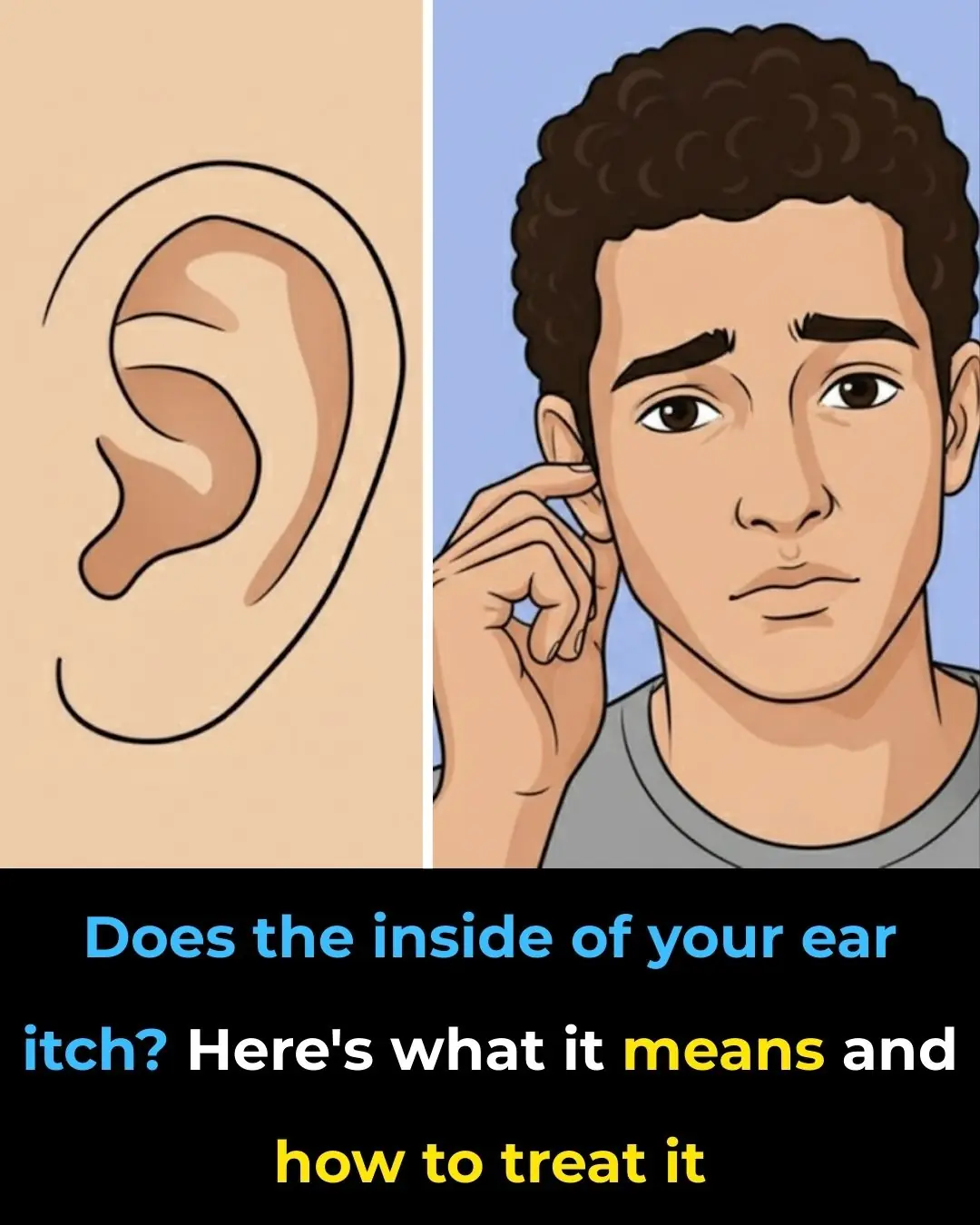
Does The Inside Of Your Ear Itch
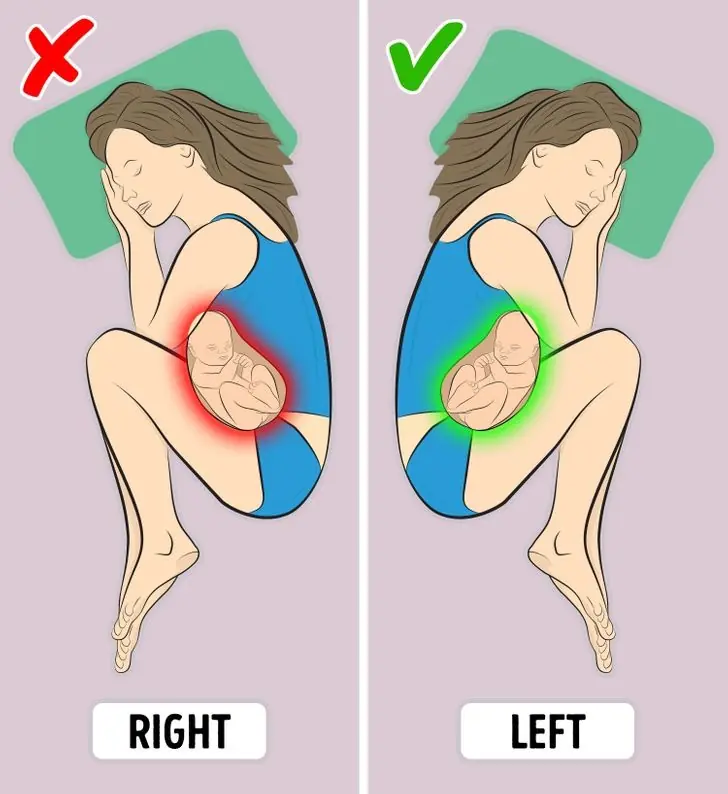
Disadvantages of Sleeping on Your Right Side: What Your Body Isn’t Telling You

A Natural Remedy for Thinning Hair

Simple Aloe Vera Trick Will Leave Your Skin Glowing
News Post

The fish that is the "king of omega-3," with salmon only ranking second: Sold everywhere in Vietnamese markets at incredibly low prices.

Tips for using rice water and ginger to nourish your hair, promoting faster growth and making it thicker, darker, and shinier.

Treat premature gray hair with a black dye formula made from sour starfruit and potatoes, as cheap as can be!

How to store chili peppers for months while keeping them as fresh as the day they were picked, with firm, plump flesh that doesn’t dry out or lose flavor.

10 people eat avocado, but 9 of them discard this part without realizing it's a "treasure."

How to help you travel thousands of miles without getting motion sickness.

Stick an Urgo Patch on Your Fan: A Clever Trick That Brings Amazing Benefits—Don’t Miss Out if You Haven’t Tried It

Tips to Prevent Blackening of Pots When Using a Gas Stove: Very Simple, Everyone Should Know

Drink coffee THIS way to protect and reverse liver damage caused by alcohol

Seniors: the 1 simple ingredient that quickly rebuilds muscle

Doctors warn: this 1 cancer sign may show up in your sheets

Don’t Throw Away Bubble Wrap — Keep It in Your Kitchen to Discover These Amazing Benefits

Revive Your Nails with This Garlic Secret
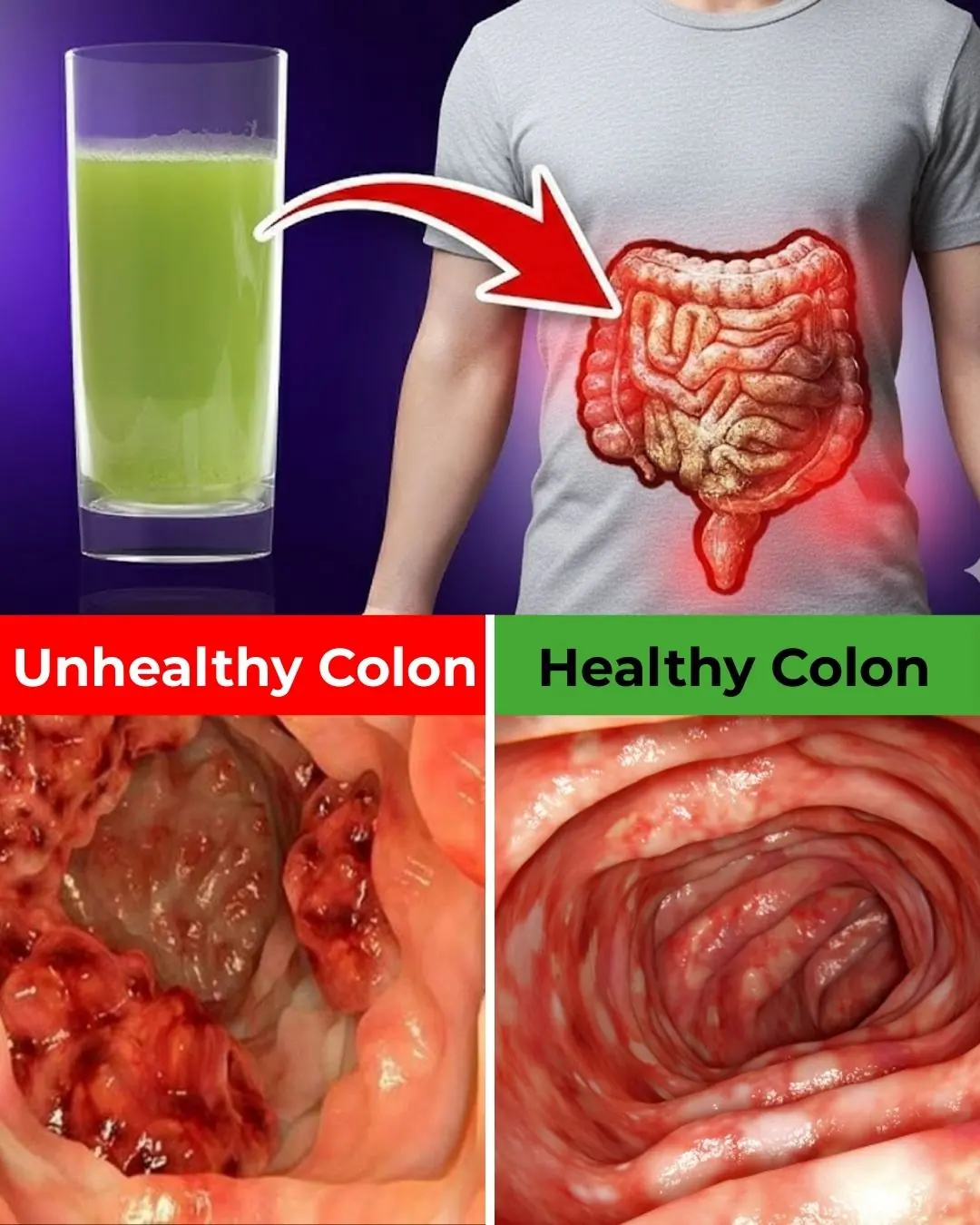
17 Natural Habits to Keep Your Colon Healthy

7 Nettle benefits and uses

7 Benefits Of Papaya Seeds & How To Consume Them Correctly

How Water Fasting Can Regenerate the Immune System, Slow Aging, Reduce Heart Attack Risk and More

4 Reasons Why Cardiac Arrests Happen in The Bathroom

Shoulder Pain from Sleeping: Causes, Solutions and More
